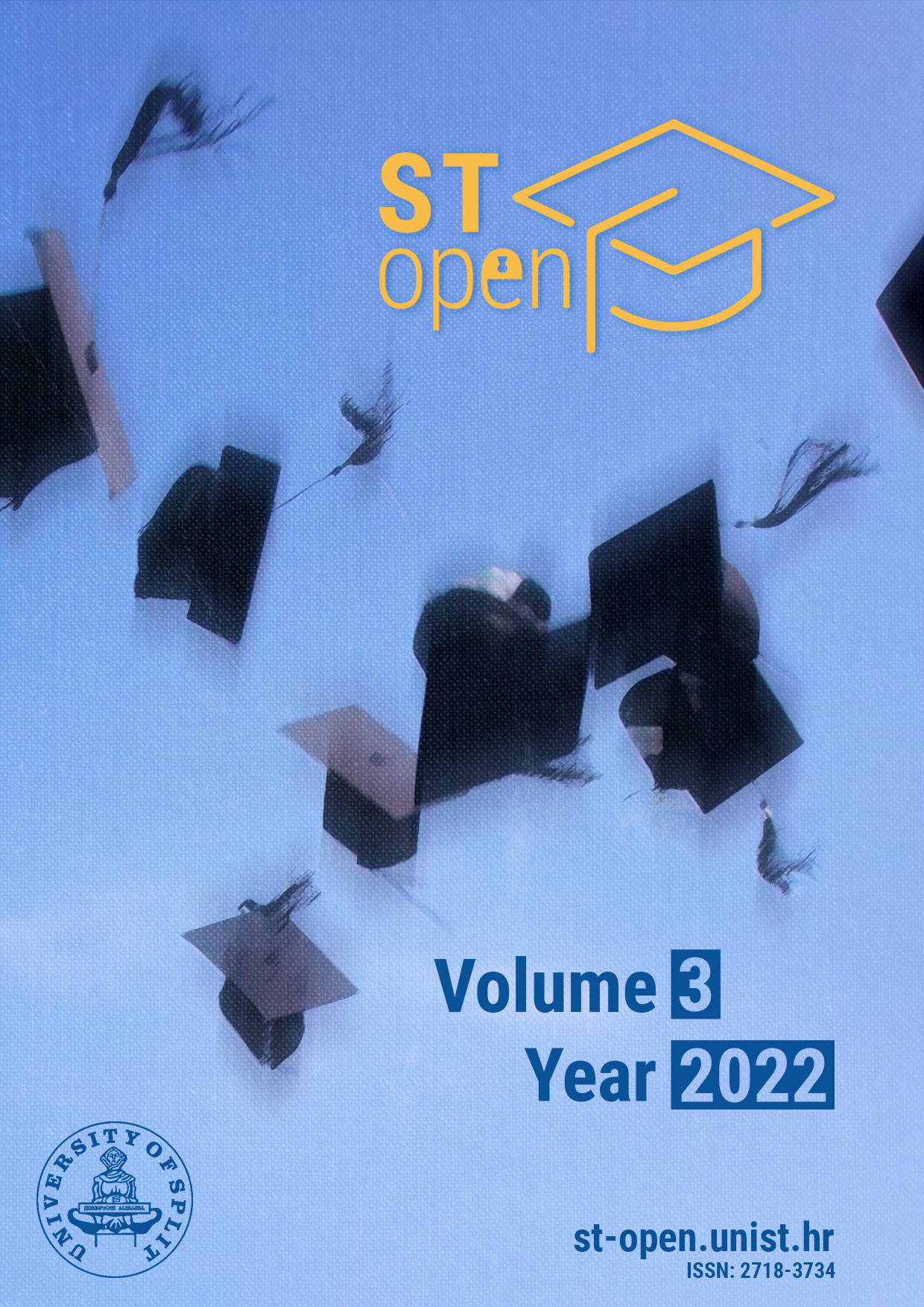Anthropological individualization of relics from sarcophagus stored in Vodnjan monastery, Vodnjan, Croatia
DOI:
https://doi.org/10.48188/so.3.5Keywords:
Vodnjan monastery, saints, relics, forensic analysis, anthropology, bonesAbstract
Aim: To develop a methodology for the estimation of the preservation of human skeletal remains – the relics in the Vodnjan assembly; to estimate the minimum number of individuals (MNI), sex, and age; to evaluate the physical state of their remains, and to individualize the remains to verify the list of saints allegedly buried at the monastery.
Methods: Standard crime scene investigation and forensic anthropology methods were used, including trace evidence marking, photography, minimum number of individuals (MNI) estimation, sex, age, stature estimation, pathological and traumatic changes examination, individuation, and individualization by the comparison to the biography.
Results: The total sample of the bones in the Vodnjan relic collection was very poorly preserved. The MNI in the sarcophagus was twenty-two. Of those, three were female, twelve were male, and seven were subadults.
Conclusion: The forensic approach to the documentation and analysis of relics was appropriate for this kind of skeletal material. The final identification was not possible because of the poor preservation of skeletal material and the lack of hagiographical (antemortem) data. However, the forensic anthropology approach enabled us to create osteobiographies, and after the comparison with the existing antemortem data, we could not exclude that the remains belonged to the named saints.
Downloads
Published
Issue
Section
Categories
License
Authors retain copyright and grant the journal right of first publication with the work simultaneously licensed under a Creative Commons Attribution (CC-BY) 4.0 License that allows others to share the work with an acknowledgment of the work’s authorship and initial publication in this journal.







